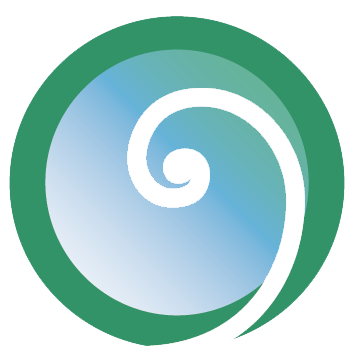The spring equinox brings an equal amount of daylight and darkness, and it’s a good time to explore balance. Learning to surf the waves of life requires a commitment to turn toward direct experience, to include whatever is arising with acceptance, to learn how to balance in the gap between stimulus and response. Equanimity develops as the other factors of awakening are cultivated, and mindfulness is the link between them all.
Resisting a Rest
There is a difference between consciously resting and collapsing in an exhausted heap after working hard. It’s also not the same as taking a break to check your email or watch TV. Resting in awareness is restorative and rebalances everything. Really resting involves your participation.
One tried-and-true way to do this is Constructive Rest (CR).
Go With Your Gut
Thinking and feeling, logic and imagination, sensing and knowing -- these are not dichotomies but integrated aspects of human functioning and flow. Not only are we each an undivided entity, we are connected to all living beings: the entire biosphere is unified. And that well-known "gut feeling"? That's not just a concept, it is physiological fact.
Walking Away From Pain
Walking doesn't have to wear us down. Our ability to move upright on two legs is a miracle of evolution that we take for granted. What you can see and sense when you're right up on top of yourself is what connects you to the world around you -- and the universe inside, too. The key, however, is how you walk. Alexander Technique teaches how to recover that wonderful evolutionary miracle and walk well.
No Big Deal
Taking Small Bites
More and more, I'm seeing that stepping back and searching for the big picture in any situation is often all that's needed. Taking the long view is called for right now, don't you think? I'm hearing some discouragement around questions of whether one's individual efforts can make a real difference. Whether in relation to socio-political chaos or about daily mindfulness practice and changing movement habits, folks are expressing doubts about the power of tiny repeatable actions. Is calling your senator effective? Can one big splashy march truly change hearts and minds? Is moving my computer monitor higher or lower really going to stop my neck pain? Is it really so bad to skip a day or two of meditation?
The Dance of Dynamic Balance
People who come for Alexander lessons anticipate that their balance will improve, and that's almost always a predictable result. Yet most people are surprised to learn that balance is dynamic, not static. One doesn't maintain balance by holding on, but by letting go. Or, to be more precise, by letting flow.
Nothing Doing
Don't Do Something, Sit There
Are you sitting right now? Chances are good that you are, and if so, let me ask you something: Did you choose the way you are sitting, the arrangement of all the body parts? For most of us, the answer is no. Sitting is so common, and we have been doing it for so long, that we really pay almost no attention to it until something hurts, or until someone asks us to notice. (Did you change your position when you read the question about choice just now? Bet you did.)
Upright but not Uptight
Most people practice sitting meditation, either in the classic crossed-leg lotus position, or in a chair. A majority of meditators complain about pain or discomfort while sitting in meditation, at least after more than 20 or 30 minutes, and/or over a long period of practice, such as on retreat. While the practice encourages the acceptance of discomfort as it arises, and there are mindful ways to respond to pain during meditation, it makes sense to establish a balanced, easy pose in the first place. What does Alexander Technique offer in support of this?
Primary Engagement
Ever had a movement experience that was so unified, so much in the flow, that it felt like the running/walking/biking/swimming was doing itself? Your primary control was fully operational. A healthy relationship between your head, neck, and back was possible, and it triggered this organizing reflex, which then in turn clarified the relationship of all the parts to the whole.
















